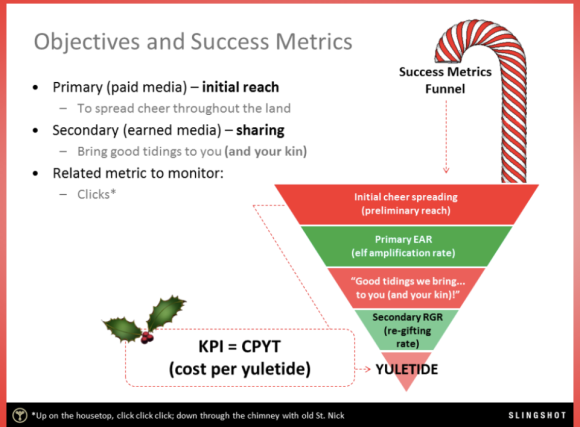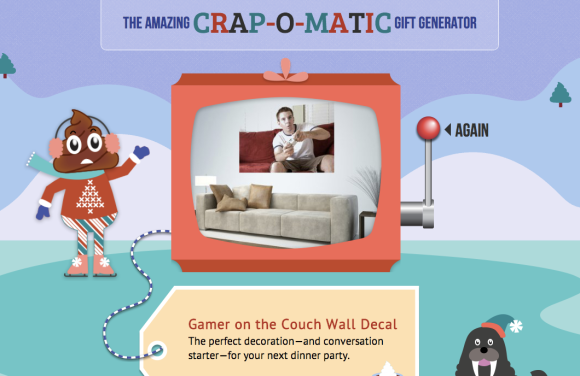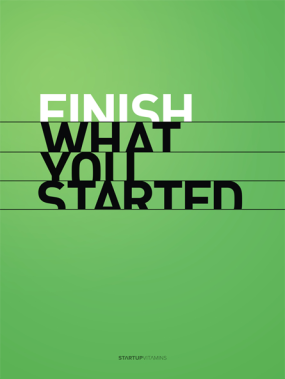You’ve seen the videos on YouTube and BuzzFeed, you’ve shared them with your network of family and friends on Facebook, and you’ve discussed them with your coworkers in relation to your own social media campaigns and client touchpoints. And if for some reason you haven’t, by all means skip to the end of this post and watch (or rewatch) them now for a little bonus holiday cheer! Even if you’ve never flown WestJet or JetBlue, it’s difficult not to be affected by the reactions of the mothers, fathers, children, and friends who were surprised with these customer outreach campaigns.
This holiday season, WestJet and JetBlue effectively engaged customers in unique and heartfelt ways, and garnered quite a bit of attention from non-customers and marketers alike. True, the success of their efforts depended upon the legwork and dedication of many behind the scenes employees working diligently to carry it all off down to the very last detail and ribbon. But just as important to their success was each brand’s ability to be relatable…to connect with customers on a personal level rather than as a logo, or tagline, or even a seemingly impersonal hashtag (although I do think #flyitforward is in fact witty and perfunctory).
Perhaps the most interesting thing about how these brands connected with customers is the manner in which they crafted surprising and meaningful connections that were both authentic and memorable. Their efforts and the messages conveyed demonstrated a consideration and appreciation for the thoughts, needs, and wishes of their customers at a time when it was perhaps least expected.
A lot of times as marketers we’re forced to contend with the question of ROI and the significance of our efforts. It remains to be seen whether the efforts of WestJet or Jet Blue will actually translate into greater revenue or an expanded customer base. But, that isn’t really the point now, is it?






